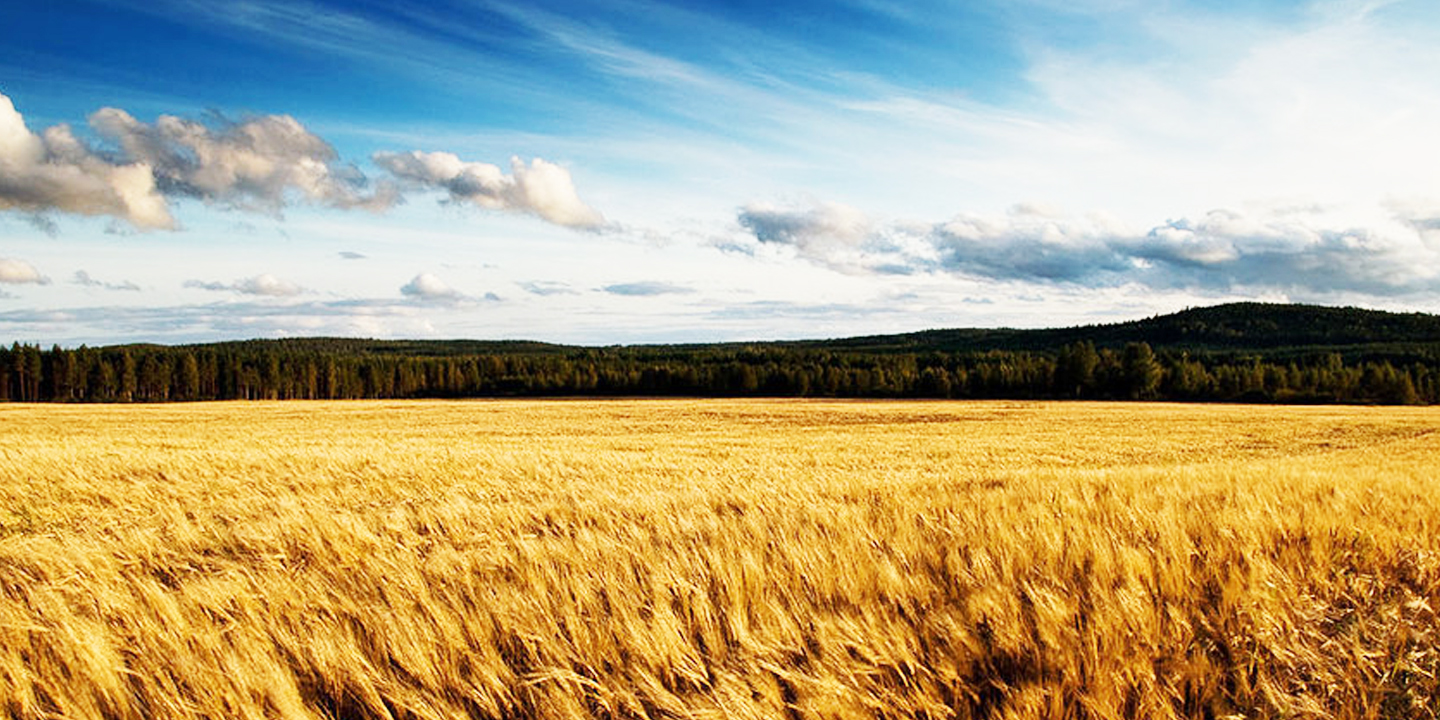Scotch Whisky 101 – Barley
Learn Whisky
A well-made single malt whisky has the ability to surprise the drinker, time and time again. The appearance can mesmerize, the smell and flavour can bring back long-forgotten memories, and the aftertaste can dance pleasantly for hours on the palate. After all, drinking whisky is an art in itself, and a deep, complex Scotch could not be experienced fully without knowledge of how to approach it.
Most whisky fans are introduced to a Scotch whisky only after it has been bottled and poured into their glass, never wondering where it came from, and how it was made.
Well, the production of whisky is just as interesting and magical as tasting it, and any true fan should be aware of the many stages the dram in their glass has gone through to get there.
Our Scotch Whisky 101 series aims to do just that: To provide knowledge on the many parts of a Scotch whisky’s journey, from the ground to your glass.
Let’s start by introducing barley, one of the most important ingredients in whisky production, and explaining how it affects the final flavour of a Scotch.
Barley
Barley is one of the key ingredients used to make Scotch whisky, and there are several factors for distillers to consider when choosing a grain variety.
Despite the many rules concerning Scotch whisky production, using barley grown in Scotland is not one of them. Therefore, much of the barley used is sourced from abroad.
Whether the barley variety truly affects flavour or not is considered a timeless debate in the industry. Yet, most industry professionals believe the latter, claiming that the variety isn’t something that greatly alters the final character of a whisky.
In fact, most distillers insist that, in terms of new make spirit, very little difference is evident from one variety to the next.
What does impact the flavour, however, is the quality of the barley used. Lower or higher sugar extract values can alter the wort’s gravity, and poor homogeneity in the grain can create problems in the stills, altering the whisky’s character.
Blended whiskies are created using mixes of different barley varieties, while, due to their natural breakdown and low disease resistance, barley varieties do not survive more than three or four years in full production before dying out.
Despite these changes, the flavour of the whiskies produced remains the same.
The way barley is processed can also affect flavour, as lower quality barley can give different grind ratios, which can lead to changes during production. There’s much to be said concerning the malted barley and how it’s used, but we’ll cover that later on, in a piece purely dedicated to malt.
Due to the growing demand of single malt whisky, most distilleries nowadays don’t malt their barley on premises, and instead, purchase it from malting companies.
Springbank distillery, however, remains one of only two distilleries in Scotland to carry out each and every step of the whisky making process on premises! Their 16 year-old bottling showcases the classic Springbank character, as well as a subtle port finish. Enjoy!



